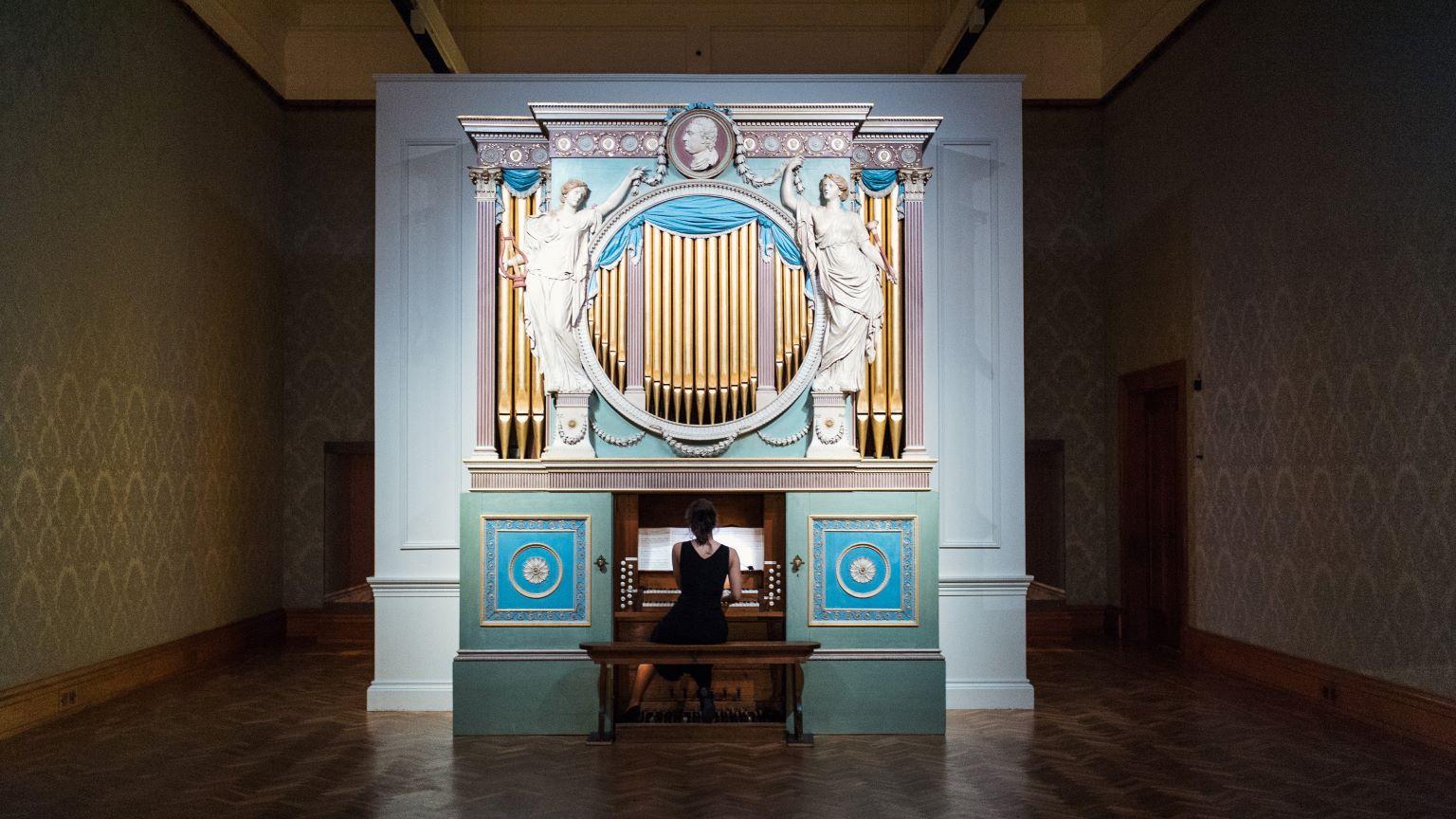Why we’re supporting even more artist commissions

Commissioning new works of art is an important way for museums and galleries to keep their collections relevant and dynamic, which is why Art Fund is helping them to do just this, our director of programme and policy explains.
Public institutions have worked with artists since there were artists and public institutions. Anywhere civic duty is performed is stuffed with centuries of creative and artistic endeavour. These works of art served many political and ideological purposes, and as commissions they were a way for artists to demonstrate publicly what they and what art was capable of doing for, and contributing to, the world. Our world – and our museums – are infinitely richer for this history of commissioning.
Museums and galleries are, of course, also public institutions, and over recent decades have evolved from repositories of artistic and historical objects to creative spaces with a dynamic commitment to civic responsibility and community engagement. And much as commissioning has been used throughout history to give visibility to a civic agenda, today museums work with artists as researchers, visionaries, mediators and producers who can open up public spaces and offer alternative points of view to help fulfil this commitment.
And museums and galleries also have a responsibility to their collections. By now it is almost cliché to say that collecting is the lifeblood of museums – and that contemporary art can often play a significant role in ensuring they remain relevant and attractive places to visit. If museums are also collectors, it seems right to me that they should also – if they wish – be commissioners, and that the mission of their institution (which after all is usually at least in part to advance understanding and appreciation of creative endeavour) should also be supported through the acquisition of new works of art made expressly for them.
Today, as well, artistic practice has become the most extraordinary, wonderful, porous thing. Not confined to material or medium, it can be performative or ephemeral or a 30-minute film – an experience as opposed to a solid object on a plinth. This is art that is not so easy to display, to collect, or, always, to understand. Yet it is indisputably part of the canon, and therefore belongs in the museum. Indeed, a museum often provides the physical and temporal space to show and interpret such work.
In the past, Art Fund did not support commissions. They were felt to be too risky; an uncertain and untested outcome at the sharpest end of the art market. But as curatorial and artistic practice has become bolder, and as we have increased the expertise on our Board and among our staff in this area, we believe we have a responsibility to support museums and galleries to commission artists.
Firstly, and most importantly, we are not the commissioner; as always, we are responding to the ambitions of museums and galleries. We do, however, look for particular things when considering grant applications for commissions:
We want the work to be permanent – either in concept, so it can be re-staged or repeated, or in execution
We need to understand not only the idea for the work but, as far as possible, how it will look and feel – by the time we receive an application there would ideally be maquettes, detailed designs or instructions for the work
The work needs to not only ‘fit’ within the museum’s current collections, but suggest a revision or step-change in how they could be interpreted. In the case of an artistic intervention into the fabric of a museum building, or the geography of a landscape, the proposed work needs to suggest new ways to understand, navigate or experience the space itself, resonating with the past as well as the present
The funding we’ve awarded museums and galleries towards new commissions in recent years shows the diversity and scope of those ambitions, and the impact a new commission can have. For example, Ragnar Kjartansson’s performance work The Sky in a Room for National Museum Cardiff transformed the spaces of the gallery and insisted on brave curatorial practice and exhibition making.
At Royal Albert Memorial Museum, the installation Specimens from an Imaginary Voyage by Steffen Dam is exhibited alongside their collection of starfish and sea urchins – a subtle and beautiful intervention in a display which had not been altered since 1910.
And at the National Trust’s Runnymede site, Mark Wallinger’s Writ in Water created an award-winning building that made space for reflection on democracy, while also inscribing and celebrating the natural landscape that witnessed the sealing of the Magna Carta.
As diverse as these – and other – works are, the common thread is how commissions can bring collections and cultural spaces to life in ways that an existing work might not be able to achieve. And so it is a privilege for us to be able to support museums to carry on the tradition of commissioning artists to enrich our public institutions – support that will continue as part of our ongoing commitment to funding acquisitions.